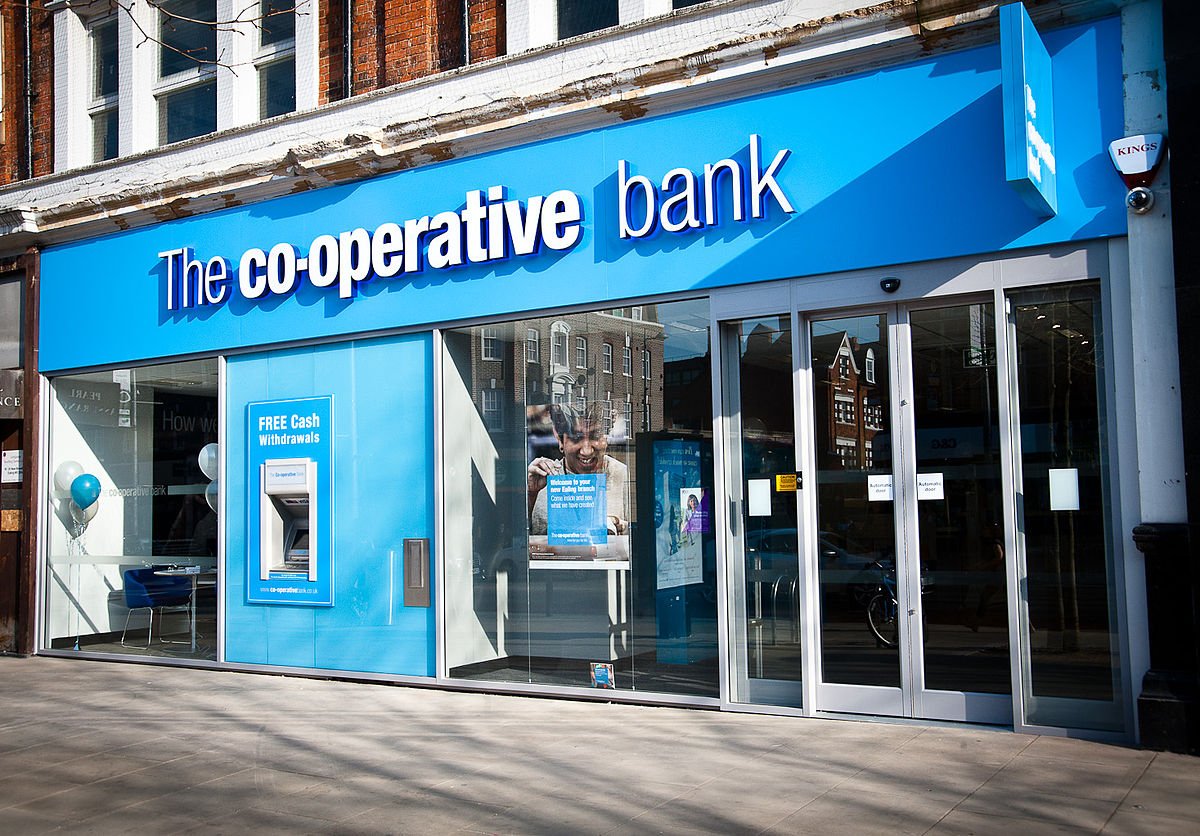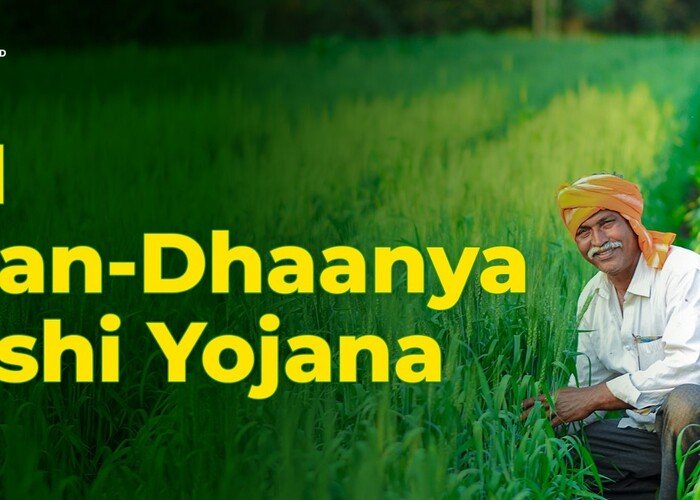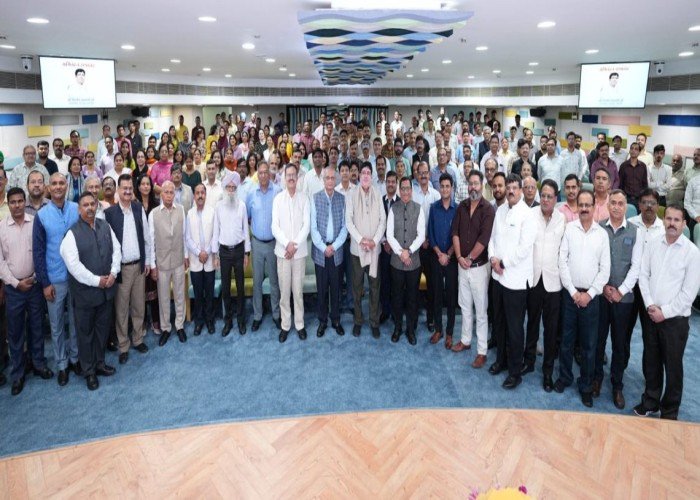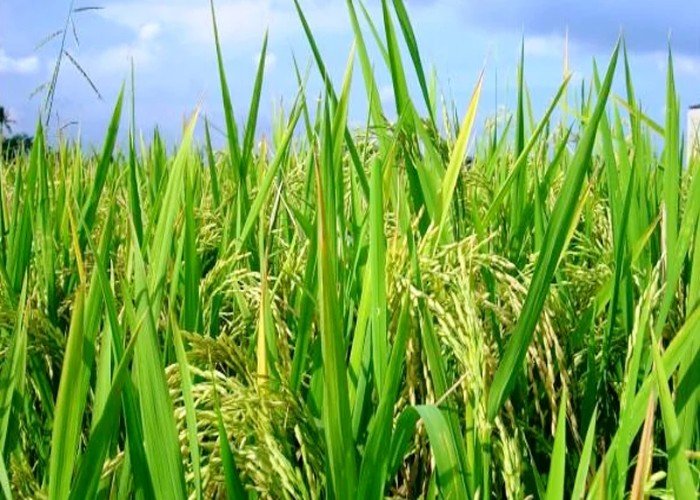During a two-day National Level Review Meeting held in Shillong, Meghalaya, key discussions focused on expanding India’s cooperative banking framework. The agenda included the proposal to set up two new State Cooperative Banks (StCBs) and 240 new District Central Cooperative Banks (DCCBs) to enhance financial access in underserved regions.
A significant highlight of the meeting was the absence of Regional Cooperative Banks (RCBs) in the Union Territories of Ladakh and Lakshadweep. To support the financial needs of cooperatives in these areas, it has been proposed to establish Apex State Cooperative Banks in both UTs. These will follow a two-tier structure to promote cooperative growth and credit accessibility.
Currently, a three-tier or mixed-tier Short-Term Cooperative Credit Structure (STCCS) exists in 19 States and UTs, comprising 350 DCCBs operating in 573 out of 615 districts. However, 42 districts still lack DCCB coverage, revealing critical gaps in the cooperative credit network.
Out of these 42 uncovered districts, 38 districts have branches of their respective State Cooperative Banks but no DCCBs, providing limited financial support, 4 districts-1 in Uttar Pradesh and 3 in Jharkhand, have neither a DCCB nor any StCB branches, leaving them without any cooperative banking services.
To address these disparities, the government has proposed the creation of new DCCBs in all 42 districts, aiming to ensure uniform and inclusive access to cooperative credit across the country.
As of March 31, 2023, India’s STCCS consists of 34 State Cooperative Banks (StCBs) with 2,102 branches, 350 DCCBs operating 13,644 branches and 1,04,234 Primary Agricultural Credit Societies (PACS) functioning across 34 States and Union Territories. This robust cooperative banking network plays a vital role in supporting rural credit delivery and promoting inclusive financial development.











